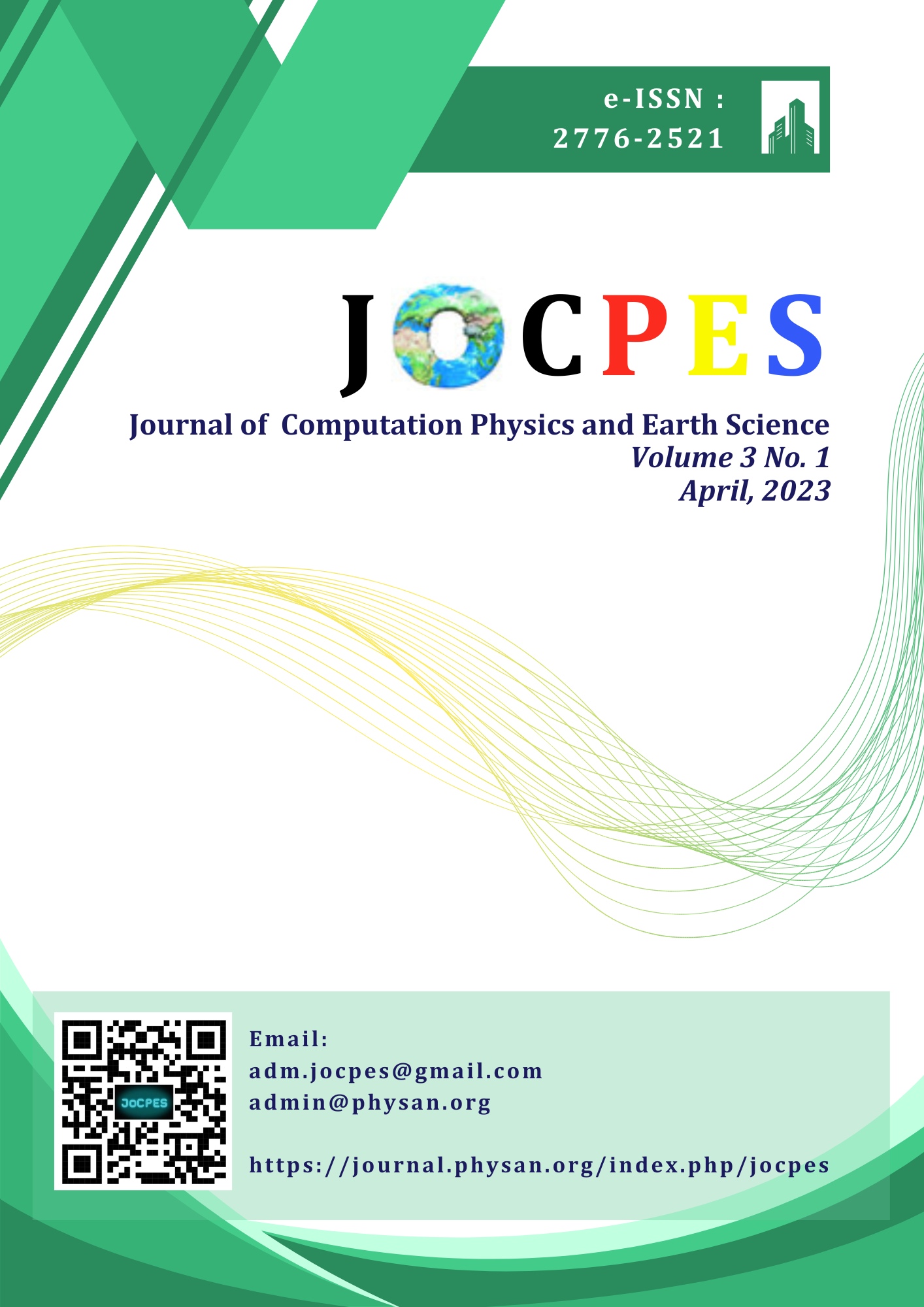Air Quality Prediction System Using Telegram Bot Based on Real-Time Data
Main Article Content
Abstract
Air quality is a crucial aspect that affects public health and the environment. As public awareness of the importance of air quality increases, fast and accurate information about air conditions becomes essential. This research developed a Telegram bot-based system that not only provides current air quality information but also predicts air quality for the next five days. The system uses real-time data from the OpenWeatherMap API and employs a regression-based prediction model to provide more accurate air quality projections. This bot is designed to provide easy access to information for people, especially in Indonesia, regarding air quality in various cities. The results show that the system has a high reliability level with a 98.5% success rate and 99.9% uptime. The prediction model using Linear Regression shows good performance with an R-squared (R²) value of 0.86, Mean Absolute Error (MAE) of 0.24, and Root Mean Square Error (RMSE) of 0.31. The system also demonstrates optimal response time with an average of 0.83 seconds per request. User evaluation shows a satisfaction level of 4.2/5, ease of use of 4.5/5, and feature completeness of 4.0/5.
Downloads
References
WHO, "Air Quality," World Health Organization, 2021. [Online]. Available: https://www.who.int/health-topics/air-quality#tab=tab_1
D. K. H. K. E. de Nazelle, "Health impacts of air pollution: A review of the epidemiological studies," International Journal of Environmental Research and Public Health, vol. 18, no. 4, pp. 1946, 2021.
M. S. J. F. O. M. Ali, "Internet of Things for air pollution monitoring: A survey," Sensors, vol. 20, no. 5, p. 1342, 2020.
A. M. G. R. M. L. Liu, "The role of mobile applications in environmental education and awareness: A review," Environmental Science & Technology, vol. 54, no. 15, pp. 9490-9500, 2020.
Y. Z. X. Y. F. Zhao, "Prediction of outdoor air quality using machine learning methods," Atmosphere, vol. 11, no. 2, pp. 129, 2020.
S. A. K. K. K. H. R. Aryal, "A review on the integration of social media and mobile applications for environmental health awareness," Environmental Science & Technology, vol. 55, no. 3, pp. 2342-2350, 2021.
J. Smith, "Impact of Air Quality on Public Health," Environmental Health Perspectives, vol. 128, no. 6, pp. 061001, 2020.
L. Wang and M. Li, "Advances in Portable Air Quality Monitoring," Sensors and Actuators B: Chemical, vol. 282, pp. 157-167, 2019.
H. J. Kim, "IoT-Enabled Air Quality Monitoring System," Journal of Ambient Intelligence and Humanized Computing, vol. 11, no. 1, pp. 123-138, 2020.
R. A. Parker et al., "Integrating IoT for Air Quality Monitoring: A Review," Journal of Environmental Monitoring, vol. 22, no. 7, pp. 1346-1359, 2020.
S. B. Williams et al., "Machine Learning Approaches for Air Quality Prediction: A Review," Atmospheric Pollution Research, vol. 12, no. 2, pp. 454-464, 2021.
T. Nguyen and Y. Zhang, "A Comparison of Machine Learning Algorithms for Predicting Air Quality," Data Science and Engineering, vol. 6, no. 4, pp. 328-340, 2021.
M. Gupta et al., "Spatial and Temporal Analysis of Air Quality Data: A Machine Learning Approach," Atmospheric Sciences Letters, vol. 22, no. 3, e1001, 2021.
P. M. Yang, "Understanding Telegram Bots: A Practical Approach," International Journal of Computer Science and Information Security, vol. 18, no. 2, pp. 45-50, 2020.
S. Lee and R. Lee, "Enhancing Public Engagement Through Telegram Bots," Journal of Information Technology & Politics, vol. 18, no. 1, pp. 23-36, 2021.
K. Thompson and L. Brown, "Engaging Communities Through Environmental Monitoring Apps," Environmental Communication, vol. 15, no. 4, pp. 490-507, 2021.
M. Richards, "Software Architecture Patterns," O'Reilly Media, 2022.
OpenWeatherMap, "Air Pollution API documentation," [Online]. Available: http://openweathermap.org/api/air-pollution
G. James, D. Witten, T. Hastie, and R. Tibshirani, "An Introduction to Statistical Learning," Springer, 2021.
Python-Telegram-Bot, "Documentation," [Online]. Available: https://python-telegram-bot.readthedocs.io/
Scikit-learn, "Linear Models," [Online]. Available: https://scikit-learn.org/stable/modules/linear_model.html
World Health Organization, "Air quality guidelines: global update 2021," WHO Regional Office for Europe, Copenhagen, 2021.
T. Zhang et al., "Air Quality Prediction Using Deep Learning Models: A Comprehensive Review," Environmental Science & Technology, vol. 55, no. 4, pp. 2231-2249, 2021.
P. Kumar and L. Morawska, "Could fighting airborne transmission be the next line of defence against COVID-19 spread?," City and Environment Interactions, vol. 4, p. 100033, 2019.
J. Wang et al., "Development and application of a machine learning model for air quality prediction," Environmental Science and Pollution Research, vol. 28, pp. 12755-12766, 2021.

